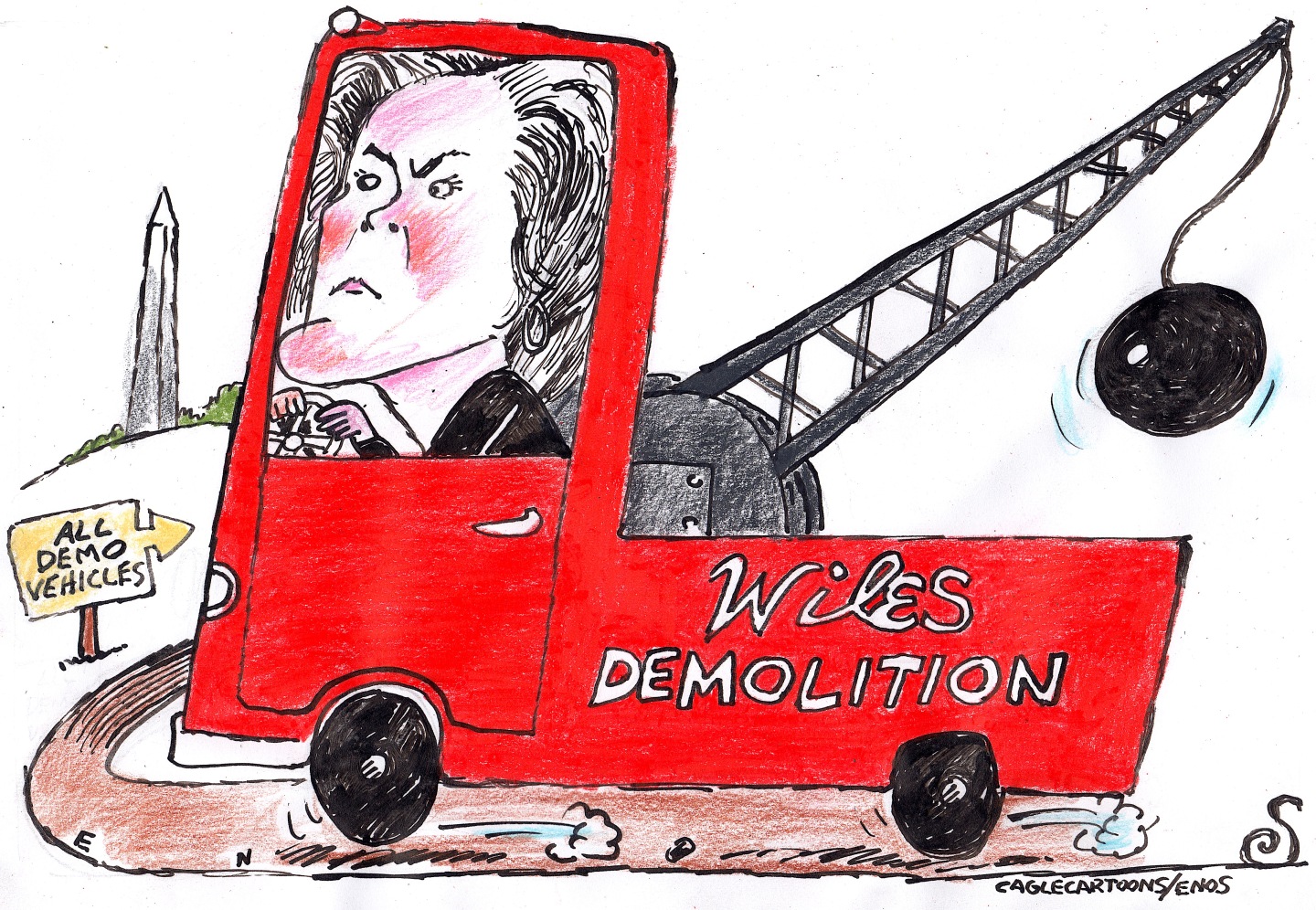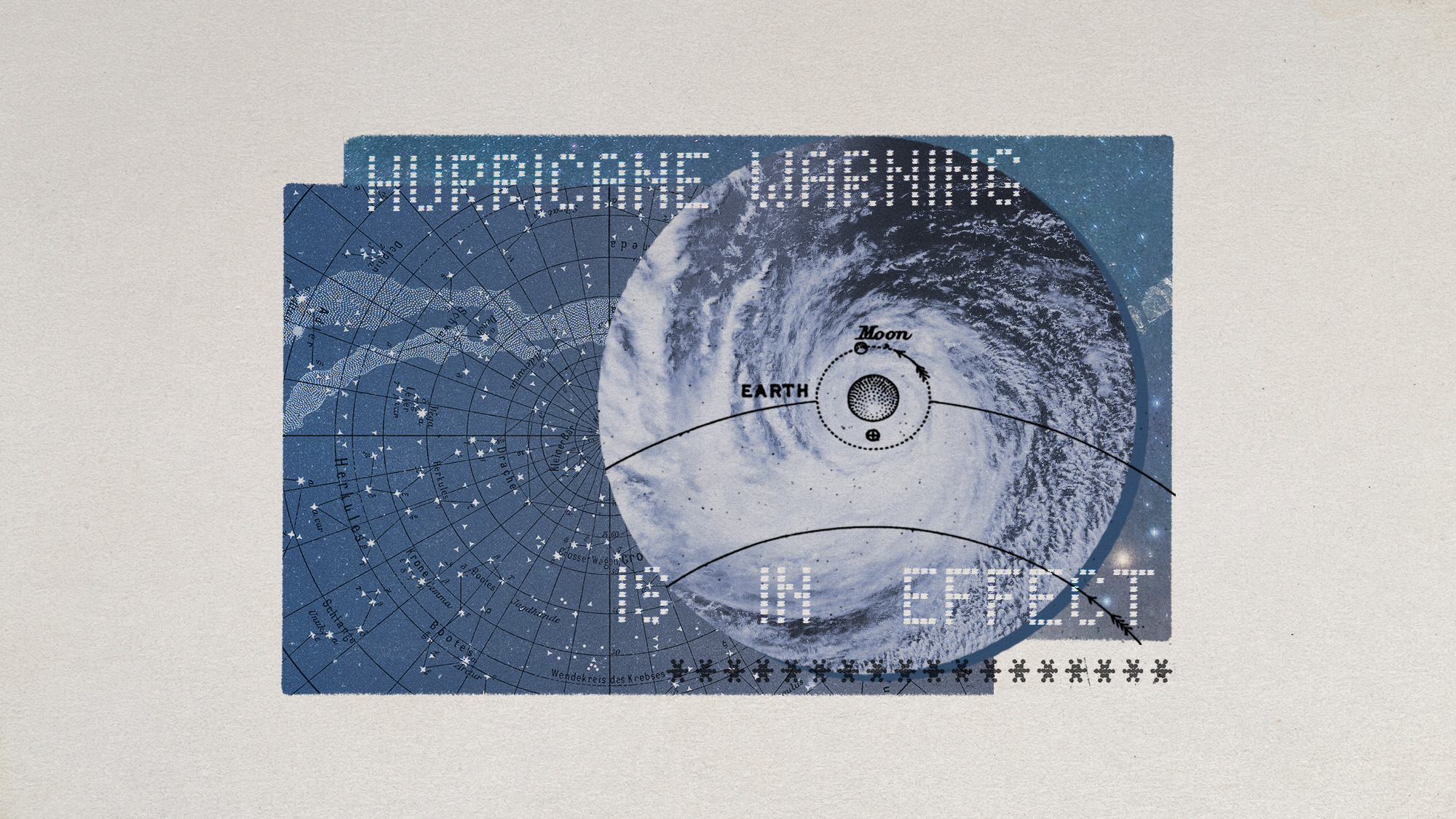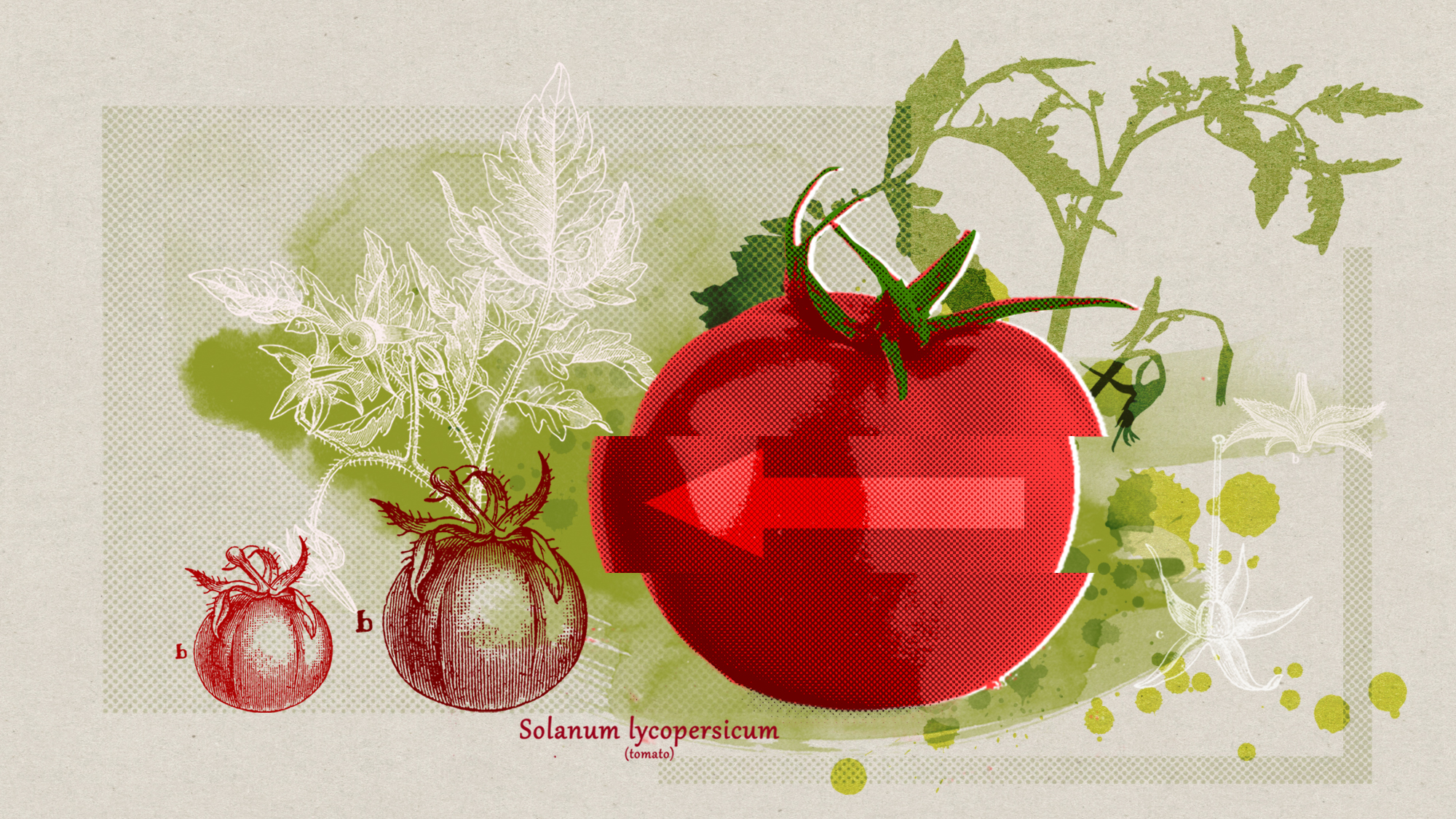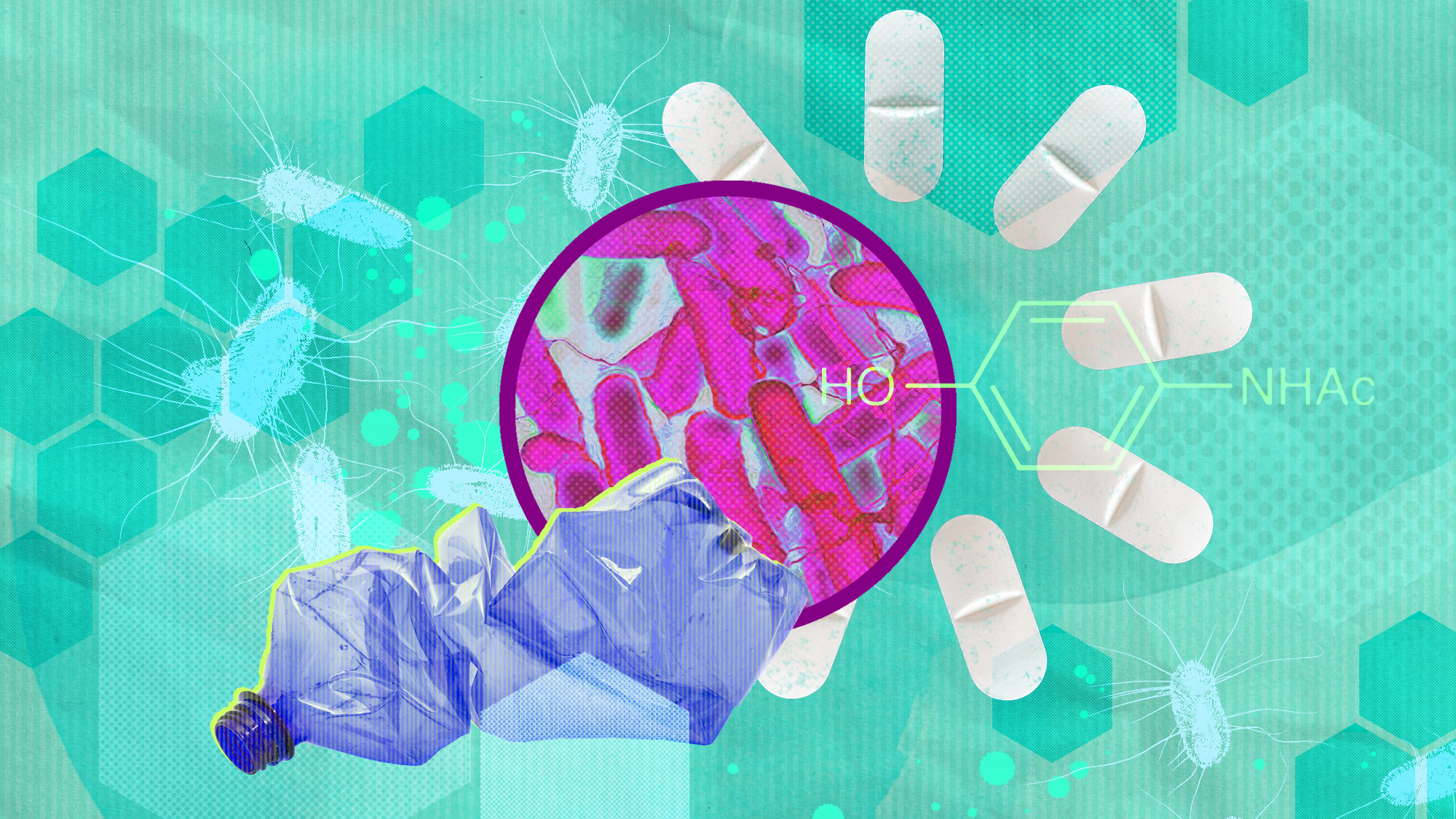A zombie volcano is coming back to life, but there is no need to worry just yet
Uturuncu's seismic activity is the result of a hydrothermal system


The volcano Uturuncu, located in the Central Andes mountains, has seemingly risen from the dead. While the volcano has not erupted in more than 250,000 years, it has recently shown signs of activity similar to that of active volcanoes. Uturuncu is not likely to erupt for a while but analyzing its activity can help source metals for manufacturing, as well as prepare for the rise of other volcanoes.
Uturuncu of the dead
Uturuncu has been called a zombie volcano. This means that, "despite being technically dead," the volcano "shows signs of unrest, including earthquakes and plumes of gases," said a release by the University of Oxford. The unusual activity originating from the Bolivian volcano has been attributed to the complex hydrothermal system beneath it, according to a study published in the journal PNAS.
For decades, the volcano has had seismic activity, including "small earthquakes and a distinctive 'sombrero' pattern of ground deformation, with the center of the volcano slowly rising while the surrounding area sinks," said the BBC. The study attributes the activity to a "shallow hydrothermal system beneath the volcano, with hot water migrating upwards towards the surface," said Science Alert. "Beneath the crater is a reservoir where gas is accumulating, pushing the surface upwards at a rate of around 1 centimeter (0.4 inches) per year."
The Week
Escape your echo chamber. Get the facts behind the news, plus analysis from multiple perspectives.

Sign up for The Week's Free Newsletters
From our morning news briefing to a weekly Good News Newsletter, get the best of The Week delivered directly to your inbox.
From our morning news briefing to a weekly Good News Newsletter, get the best of The Week delivered directly to your inbox.
Volcanoes go through life cycles. They tend to "first experience a calamitous active phase, a more sleepy dormant phase, until eventually going extinct," said Popular Mechanics. "Dormant volcanoes usually show little activity unless they're on the inevitable road to eruption," which lead to concern about Uturuncu. Luckily, the chances of an eruption are low. "A bad sign would be an increase in seismicity, and then seismicity that's starting to migrate from great depth to much shallower depths," Mike Kendall, a professor and head of the department of earth sciences at the University of Oxford and coauthor of the study, said to CNN. "We're not seeing anything like that," he said. "It looks like it's just the volcano degassing, letting off steam and calming down, if anything."
Night of the living volcano
While we are likely safe from Uturuncu for the moment, the study's findings remain valuable. "There are still processes going on," Matthew Pritchard, a professor of earth and atmospheric sciences in Cornell Engineering and coauthor of the study, said in a release by Cornell University. "The processes in Uturuncu are particularly interesting because they're telling us about the liquids and the gases that are moving through there that might become — or maybe even today are — a reservoir of minerals that could be useful for technology." The hydrothermal system under the surface could lead to reserves of valuable metals like copper, nickel and platinum, all of which are used in today's technology. Further research could also lead to a new way to harness geothermal energy.
Uturuncu is not the only zombie volcano that has existed. "Over decades, the Global Volcanism Program has recorded about 50 zombie volcanoes older than about 12,000 years but younger than 2.6 million years," said CNN. There are approximately 12 dormant volcanoes in Bolivia alone, any of which could one day come back to life. The researchers hope that the methods used in this study can "be used to view the anatomy of other volcanic systems in the future," said the Oxford release.
A free daily email with the biggest news stories of the day – and the best features from TheWeek.com
Devika Rao has worked as a staff writer at The Week since 2022, covering science, the environment, climate and business. She previously worked as a policy associate for a nonprofit organization advocating for environmental action from a business perspective.
-
 Political cartoons for December 20
Political cartoons for December 20Cartoons Saturday’s political cartoons include drowning rats, the ACA, and more
-
 5 fairly vain cartoons about Vanity Fair’s interviews with Susie Wiles
5 fairly vain cartoons about Vanity Fair’s interviews with Susie WilesCartoon Artists take on demolition derby, alcoholic personality, and more
-
 Joanna Trollope: novelist who had a No. 1 bestseller with The Rector’s Wife
Joanna Trollope: novelist who had a No. 1 bestseller with The Rector’s WifeIn the Spotlight Trollope found fame with intelligent novels about the dramas and dilemmas of modern women
-
 The moon is rusting
The moon is rustingUnder the radar The Earth is likely to blame
-
 Canyons under the Antarctic have deep impacts
Canyons under the Antarctic have deep impactsUnder the radar Submarine canyons could be affecting the climate more than previously thought
-
 Atoms into gold: alchemy's modern resurgence
Atoms into gold: alchemy's modern resurgenceUnder the radar The practice of alchemy has been attempted for thousands of years
-
 Hurricanes are not exclusive to Earth. They can happen in space.
Hurricanes are not exclusive to Earth. They can happen in space.Under the radar These storms may cause navigational problems
-
 What would happen to Earth if humans went extinct?
What would happen to Earth if humans went extinct?The Explainer Human extinction could potentially give rise to new species and climates
-
 Bad news, alpha males. You likely don't actually exist.
Bad news, alpha males. You likely don't actually exist.Under the radar Most primate communities are egalitarian
-
 Retro tomatoes: a species of the plant is evolving backward
Retro tomatoes: a species of the plant is evolving backwardUnder the radar Environmental factors may play a role
-
 Bacteria can turn plastic waste into a painkiller
Bacteria can turn plastic waste into a painkillerUnder the radar The process could be a solution to plastic pollution
